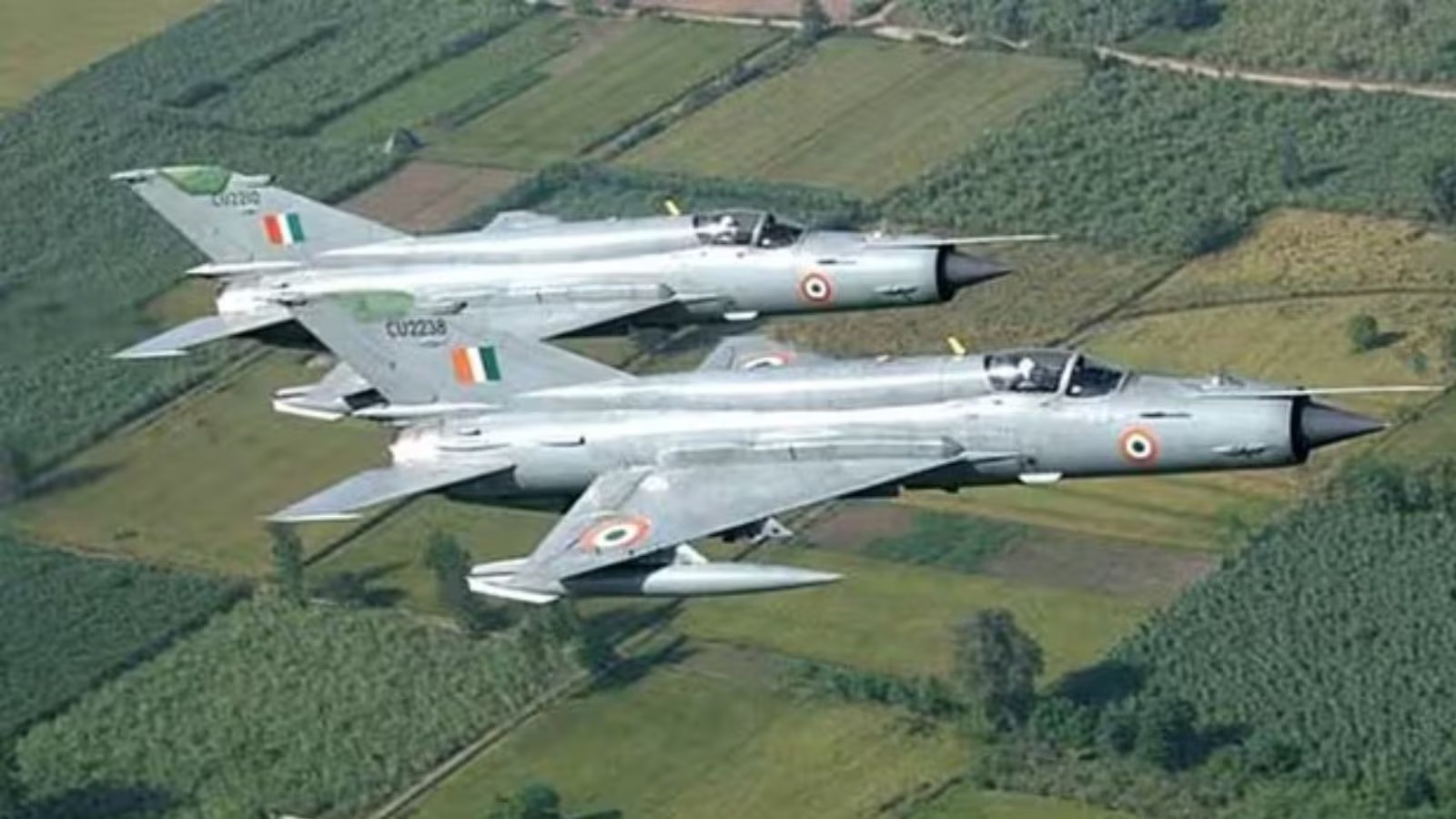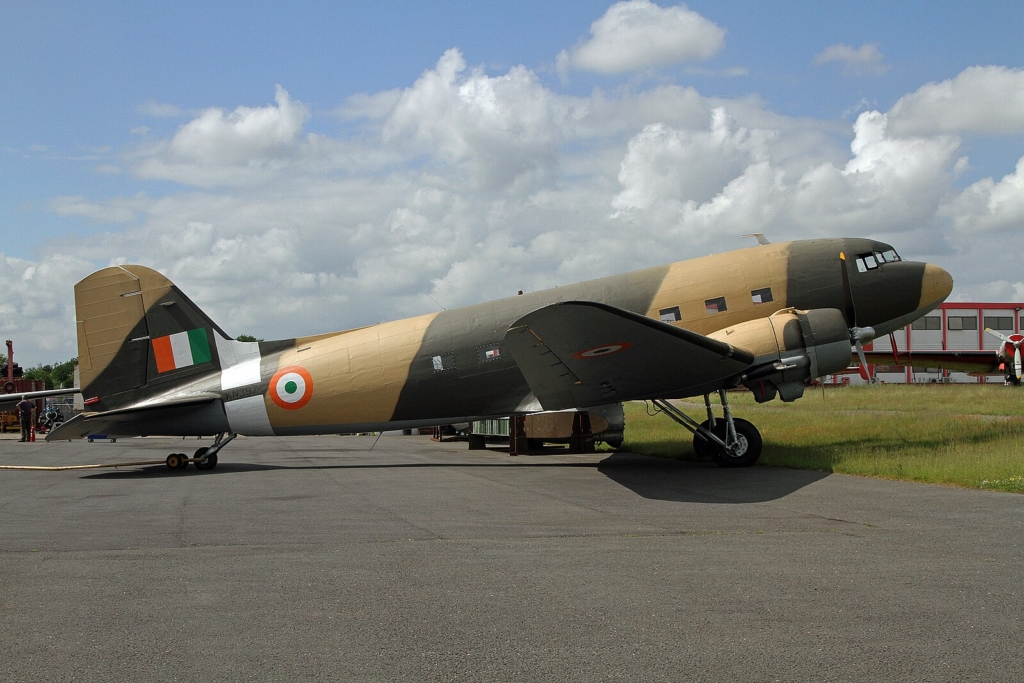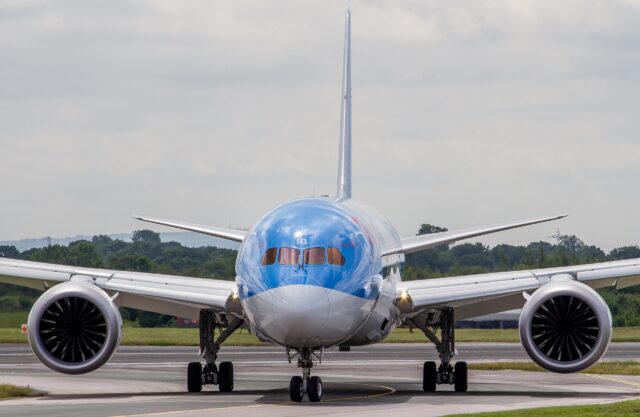India’s MiG-21 returns to the skies: Indian Air Force restores legendary fighter for Heritage Flight

November 12, 2025

The roar of the MiG-21, a sound that once defined India’s skies, will soon be heard again.
Only a few months after the Indian Air Force (IAF) said its ceremonial farewell to the last two squadrons, the classic jet is being readied to return to the air. This time, though, its mission is not combat. It will fly as part of the IAF Heritage Flight, the unit that preserves India’s aviation legacy through aircraft that shaped its history.
It is a sentimental revival, yes, but also a technical and symbolic one. The Heritage Flight will now bring together the MiG-21 with the Tiger Moth, Harvard, Dakota and Hindustan Trainer-2 (HT-2), forming a living timeline that traces the IAF’s evolution from biplanes and piston engines to supersonic speed.
Officials say the aim is not merely nostalgia, but to help the next generation experience India’s aviation story firsthand, rather than just read about it.
Read also: The world’s most beautiful MiG-21, in pictures
Restoring the MiG-21 for a new mission
First inducted in 1963, the MiG-21 was India’s first supersonic interceptor and its first truly modern combat aircraft. Built under licence by Hindustan Aeronautics Limited (HAL), it fought in every major conflict India has faced — from the 1965 and 1971 wars with Pakistan to the Kargil conflict in 1999 and even the Balakot airstrike in 2019.

When No. 3 “Cobras” and No. 23 “Panthers” squadrons flew their final sorties over Chandigarh in September 2025, it marked the end of a remarkable era. Yet a handful of airframes are now being examined at HAL’s Nashik facility to determine which can be safely restored for heritage duties.
Sourcing parts for a jet retired decades ago would normally be a formidable task, but with HAL’s long production and maintenance history with the MiG-21, the IAF still has access to a deep inventory of spares and unmatched technical expertise to bring the aircraft back to life.
Indian Air Force MiG-23 makes a comeback alongside the MiG-21
The MiG-21 will soon be joined by another familiar silhouette — the twin-seat MiG-23UB, a variable-geometry fighter that served the IAF for nearly three decades before being retired in 2009. Two examples are now being restored to airworthy condition.

Once ready, the MiG-23s will take part in ceremonial flypasts at national events such as Republic Day, Air Force Day, and major air shows. Together, the MiG-21 and MiG-23 will represent India’s leap into the jet age — a transformative period that shaped both its air power and its domestic aerospace industry.
The Indian Air Force Heritage Flight
The Heritage Flight began life in 1988 at Air Force Station Palam as the Vintage Aircraft Flight. Although initially short-lived, it was revived in 2012 and re-established under its current name in 2020. Its mission is to keep India’s aviation history alive through flyable vintage aircraft that trained, transported, and defended generations of airmen.
Today, the fleet reads like a walk through an aviation museum. The British-built de Havilland Tiger Moth, which trained pre-Independence pilots, returned to flight in 2012. The T-6G Harvard, an American trainer that introduced countless cadets to aerobatics, followed in 2015. Then came the Douglas DC-3 Dakota in 2018, the same type that ferried troops during the 1947 Kashmir operations.

In 2024, a milestone in Indian engineering heritage joined the lineup: the Hindustan Trainer-2 (HT-2), India’s first indigenous basic trainer. Restored by HAL and flown at Air Force Day in Hindon, the HT-2 performed in formation with the Tiger Moth — a sight that drew spontaneous applause from the crowd, linking India’s earliest aviation days with its modern era.
IAF displays India's first indigenous aircraft restored HT-2 for first time, performs aerobatics during 93rd Air Force Day celebrations
— ANI Digital (@ani_digital) October 8, 2025
Read @ANI Story | https://t.co/2gf0KYaXNB#HindustanTrainer #IAF #AirForceDayParade #HeritageFighter pic.twitter.com/PMsqSMqWUO
A senior officer summed it up best: “The Heritage Flight is a living museum. It’s not about preserving metal; it’s about preserving memory.”
Remembering the MiG-21’s complex legacy
Few aircraft have carried such a weight of history as the MiG-21. For decades, it was India’s shield — fast, fierce, and unforgiving. It also became infamous for its accident record, earning grim nicknames like the “Flying Coffin” and “Widow Maker.”
Yet pilots who flew it still defend the jet, describing it as “a pilot’s aircraft” that demanded respect but rewarded skill. Through upgrades such as the home-grown Bison variant, the MiG-21 remained combat-capable well into the 21st century. Its longevity reflected not only its robust design but also India’s determination to sustain complex aircraft amid sanctions, embargoes, and a shortage of replacements.
Now, in its second life, the MiG-21 will no longer carry weapons — only stories.

When the Mikoyan-Gurevich MiG-21 climbs skyward again, its delta wings glinting in the sun, it will do so as a tribute to the pilots who flew it, the engineers who kept it alive, and the generations it inspired.
For young cadets watching from the parade ground, the sight of the Heritage Flight — Tiger Moth, Harvard, Dakota, HT-2, MiG-23, and soon the MiG-21 — will be more than a display of history. It will be a reminder of where the Indian Air Force began, how far it has come, and how much further its pilots will still fly.
















